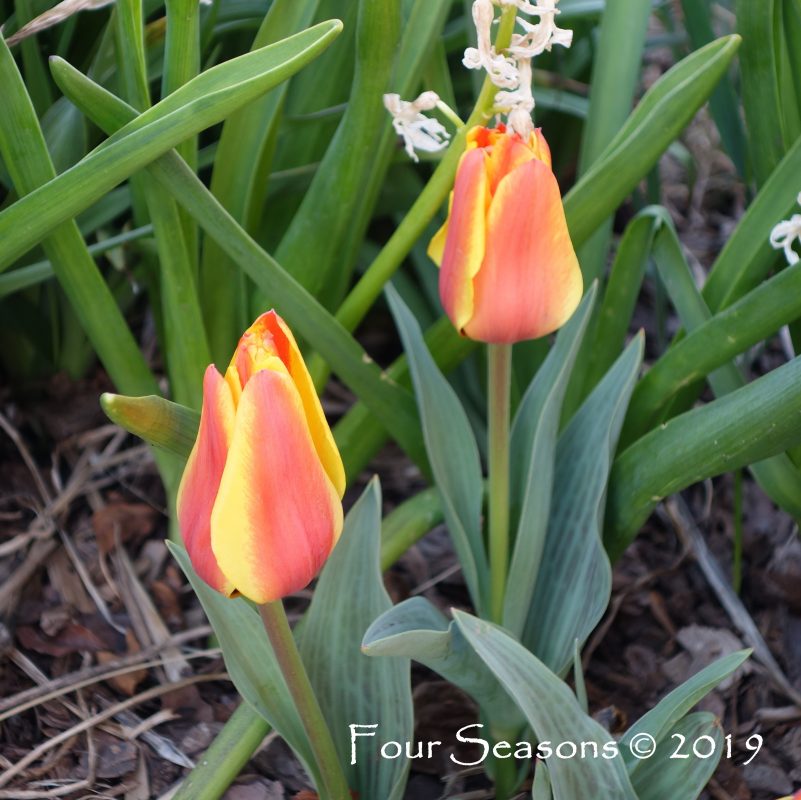Just as the price of oil fluctuates based on a world wide demand, the price of plants can fluctuate too. In particular, in the 1600’s, there was an item that was weighed just like gold, by the grain, and priced according to it’s color, size and other characteristics. Desirable, fashionable ones could cost as much as $2,250 each and might require a horse or carriage thrown in to close a deal on particularly rare ones. Single plants were sometimes traded for as much as 12 acres of land. The futures market for this item was known as “the wind trade” because none of them actually ever changed hands at the time of sale. Long before the tech age, some refer to the mania that surrounded it as the first “speculative bubble.” So what was this plant that was as precious as gold?
Tulip mania reached its peak during a period called the Dutch Golden Age. Much like the speculative tech bubble, it dramatically burst in February of 1637 for many reasons and the fallout that resulted was no less than when the modern day tech bubble burst. Fortunes were made and lost and the economy of Holland collapsed.
Though the mania surrounding tulip bulbs did not continue, they are still desired as beautiful additions to any garden and each spring people come into the garden center asking for tulips, daffodils, hyacinths, and other spring blooming plants, not realizing that they grow from bulbs that are planted in the fall.
Often called the magic flowers of spring, bulbs need to be planted before deep frost makes the ground unworkable. Once they are in the ground, the bulb produces roots and then a rest period of chilling takes place throughout the winter. October into November is the perfect time to plant because you want to get them in before the freeze occurs but after the air temperature has cooled enough so that they don’t mistake it for spring and begin to grow once they are planted.
Bulbs are happiest in soil that drains well so prepare your beds in advance. When planting, think about the height of each variety when it will be in bloom and it’s flowering period. Stagger sizes and blooming periods so that your beds will always be showing color.
There’s a popular marketing campaign for bulbs whose slogan is “Dig, drop, and done!” and it really can be that simple. After preparing your beds simply dig a hole approximately one and a half to two times as deep as the height of your bulb, drop it in, cover it over, and you are done. You can add some bulb fertilizer to the hole before you plant to give it an extra boost, just be sure to put a very little bit of soil between the fertilizer and the bulb or else you run the risk of having the fertilizer burn the roots as they begin to form.
Cluster your bulbs in groups for a more dramatic display. Planting them singly works fine too, especially if you are using bulbs that will naturalize, such as daffodils. If you are using these kinds of bulbs be sure to leave room for that because they will spread. Some bulbs are marked specifically for this purpose, and a mass of color makes the best display.
If you have deer problems in your yard, try anything in the narcissus family, which includes daffodils as deer generally won’t touch these. Assortments specifically marked “deer resistant” are also available.
Like perennials, your bulbs should be dug up every few years and split, transplanted, or replaced. After a long period of time, the color of the flowers may change as the bulb gets old. Check out your local garden center because each year many new, exciting varieties are introduced and it’s always fun to try the new ones.
Start your own tulip mania this year by planting a mass of bulbs. They’ll not only bring a smile to your face and color to your yard next spring, but also provide enjoyment for many years to come.

